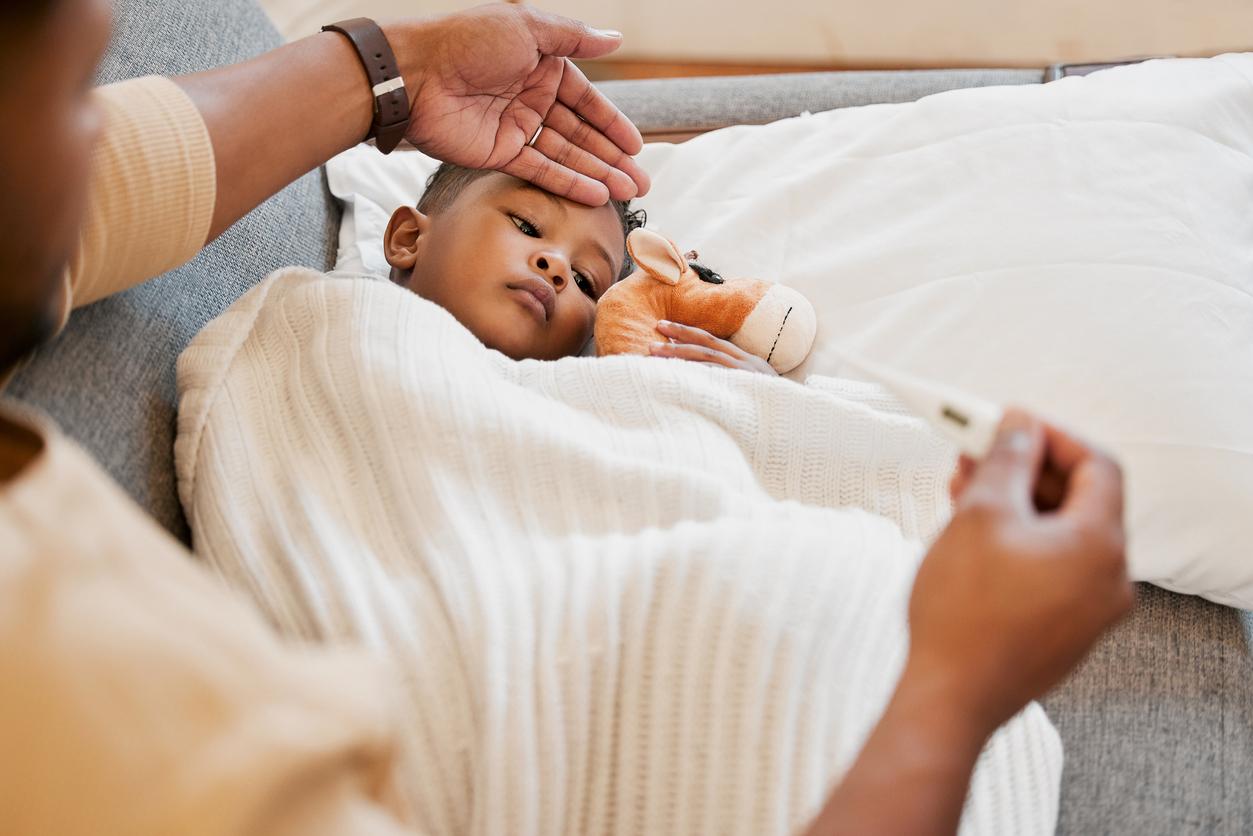Baby mice are born without the need for a biological father. Something to revolutionize medically assisted procreation.

By deleting key DNA sequences in embryonic stem cells taken from female mice, Chinese researchers managed to start a new generation of small mammals without the males needing to fertilize eggs.
These fatherless mice not only reached adulthood, but also had babies of their own, demonstrating that the method is a vast improvement over previous attempts to aid reproduction without the need for a parent. male and female.
Reproduction without sperm
Biologists from the Chinese Academy of Sciences used a special selection technique on haploid embryonic stem cells (ESCs) of male and female origin. These are actually cells that contain only half of the chromosomes of a species.
Reproduction without sperm – a process called parthenogenesis – is nothing new in the animal kingdom. Many insects can come out of their mother’s clones. The same goes for a number of fish. There are even dadless lizards and amphibians.
“Why can mammals only undergo sexual reproduction? We asked ourselves the question,” explains Qi Zhou, co-director of the study. “In mammals, genes vary depending on whether the cells come from the mother or the father. This process of genomic imprinting means that combining half a dose of genetic material from just two eggs or two sperm is likely to make silence the two copies of an essential gene, which we absolutely did not want in the case of single-sex parents,” she says.
DNA fingerprints
In 2004, Japanese researchers managed to circumvent this obstacle by selecting a set of maternal chromosomes that contained the fewest genetic fingerprints. This sperm analog was then used to fertilize a typical oocyte, making a mouse with two mothers.
The process is still far from perfect. Of the 210 embryos thus produced, only 29 live mice were born. “If the research is reproducible and also works in humans, it still needs to be shown to be safe,” said Bob Williamson, chairman of Stem Cells Australia. In any case, it opens interesting avenues for medically assisted procreation.
.















